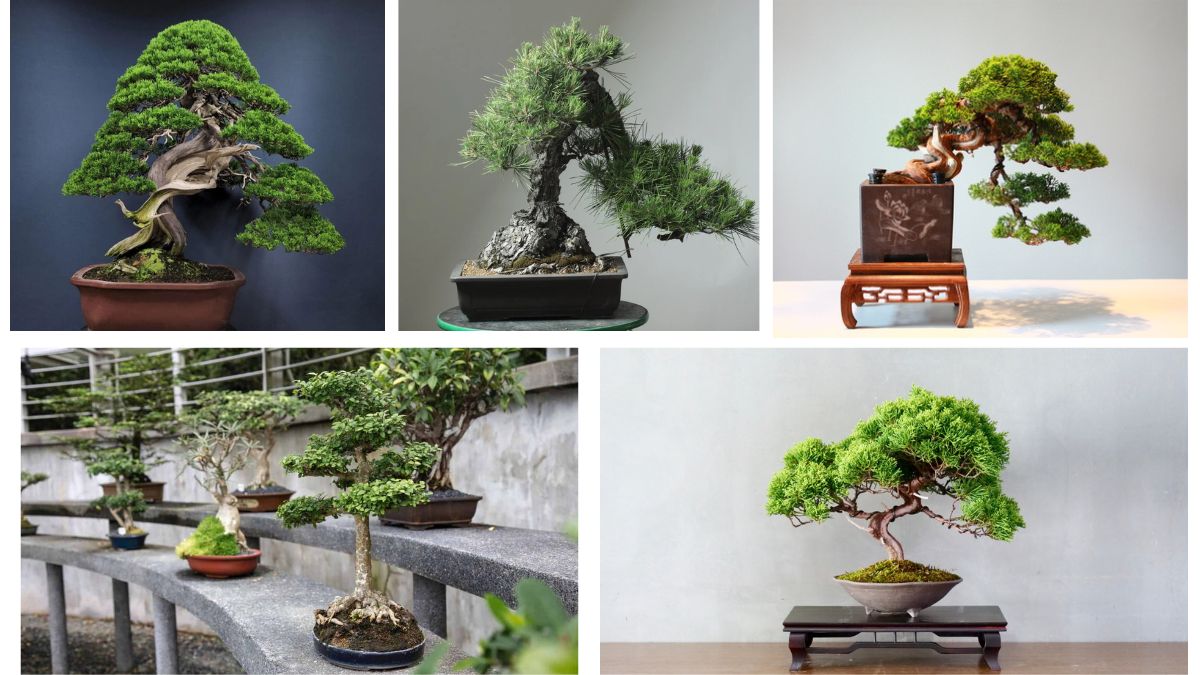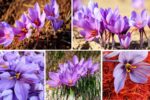Bonsai trees, those miniature masterpieces cultivated in shallow containers, are one of the most captivating art forms in horticulture. They symbolize patience, harmony with nature, and artistic expression — a living reflection of the grower’s dedication and skill. One of the most intriguing questions for bonsai enthusiasts and nature lovers alike is: “How old can a bonsai tree live?”
The answer may surprise many. Despite their small stature, bonsai trees can live just as long — or even longer — than their full-sized counterparts when properly cared for. In this article, we’ll explore the lifespan of bonsai trees, factors that affect their longevity, famous examples of ancient bonsai, and essential tips for nurturing a bonsai to thrive for generations.
What Is a Bonsai Tree?

The word “bonsai” (盆栽) is a Japanese term meaning “planted in a container.” Though often associated with Japan, the art of bonsai originated in ancient China over a thousand years ago, where it was known as penjing before being refined and popularized in Japan.
Bonsai involves growing trees in small pots while using careful pruning, wiring, and root control techniques to maintain their miniature size while preserving their natural form and aged appearance.
How Old Can a Bonsai Tree Live?
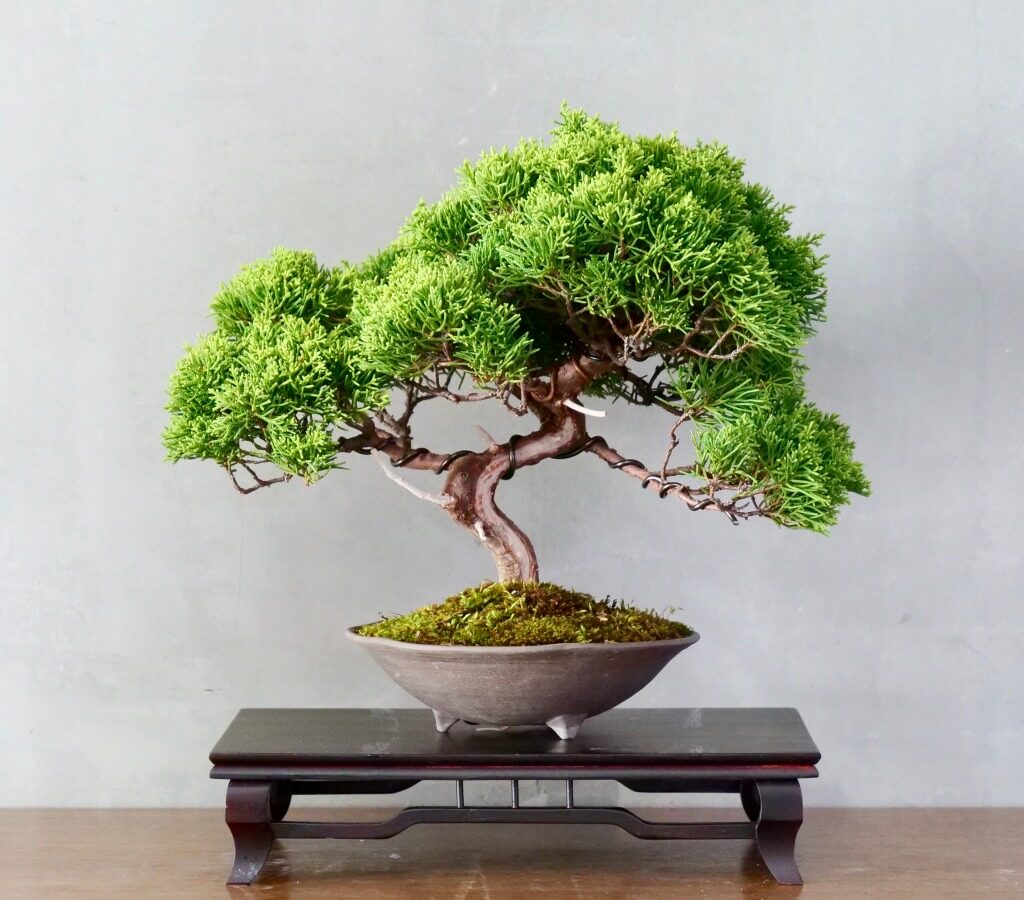
In ideal conditions, bonsai trees can live for hundreds of years. In fact, their lifespan is limited not by their size or container but by their species, care, and environment.
- Average bonsai lifespan: 50–100 years
- Well-maintained bonsai lifespan: 100–200 years
- Ancient, heritage bonsai lifespan: 300+ years
Some famous bonsai trees are known to be over 500 years old, lovingly passed down through generations of growers.
Factors That Affect a Bonsai Tree’s Lifespan
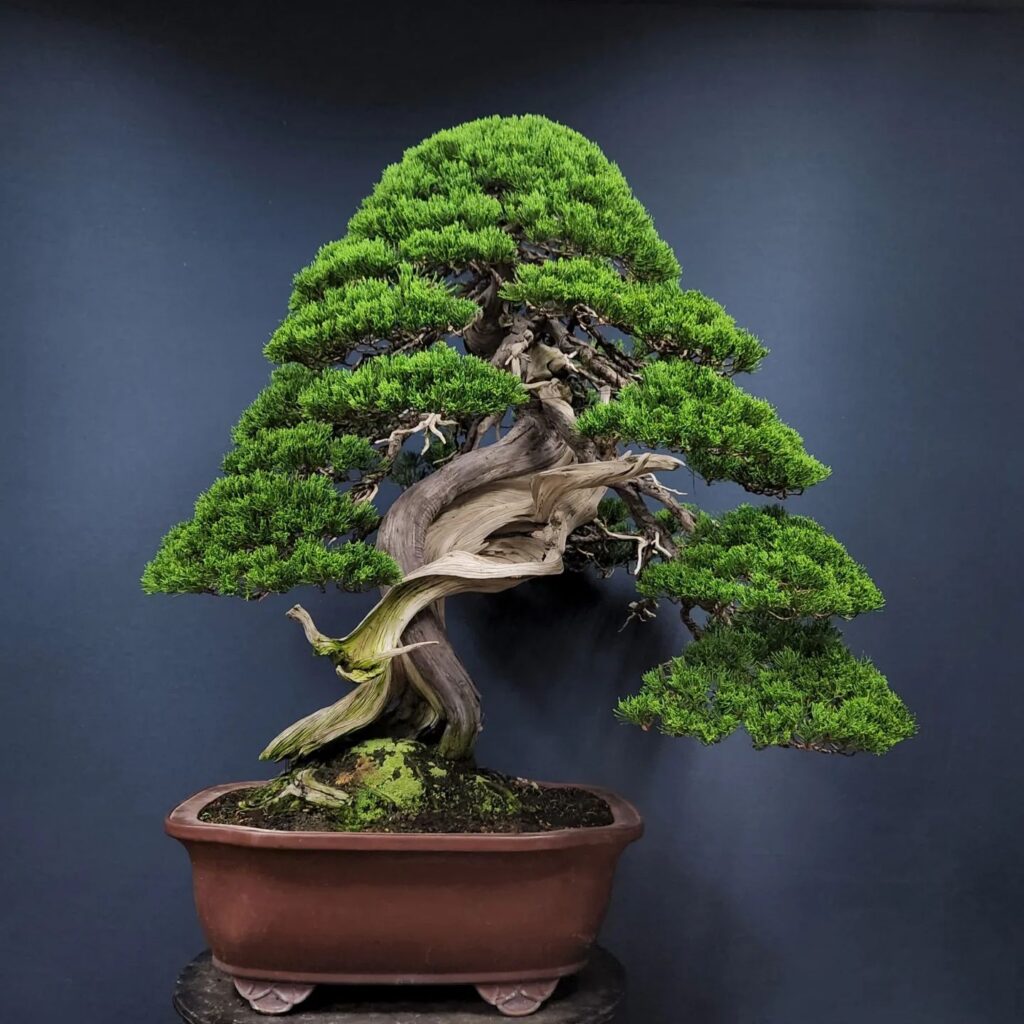
While bonsai trees are capable of extraordinary longevity, several factors influence how long they live:
1. Tree Species
Different species have inherently different lifespans.
- Long-living species: Juniper, Pine, Cedar, Olive, and Ficus
- Moderate-living species: Maple, Elm, and Azalea
Pine and Juniper bonsai, in particular, are known for their resilience and potential to live for centuries.
2. Quality of Care
The most significant factor in a bonsai’s longevity is how well it’s cared for. Bonsai trees require:
- Regular watering
- Proper pruning and root trimming
- Timely repotting
- Pest and disease management
- Correct sunlight and temperature exposure
A neglected bonsai can deteriorate quickly, while a well-cared-for bonsai can thrive for generations.
3. Environment
Bonsai trees need stable conditions tailored to their species:
- Indoor bonsai (e.g., Ficus, Jade): Require consistent temperatures and humidity levels.
- Outdoor bonsai (e.g., Juniper, Pine): Thrive with seasonal weather changes but need protection from extreme heat, frost, or storms.
4. Container and Soil Quality
Since bonsai grow in limited soil, maintaining nutrient-rich, well-draining soil is crucial. Regular soil replacement ensures the tree’s roots have access to the oxygen and nutrients needed for long life.
The Oldest Bonsai Trees in the World
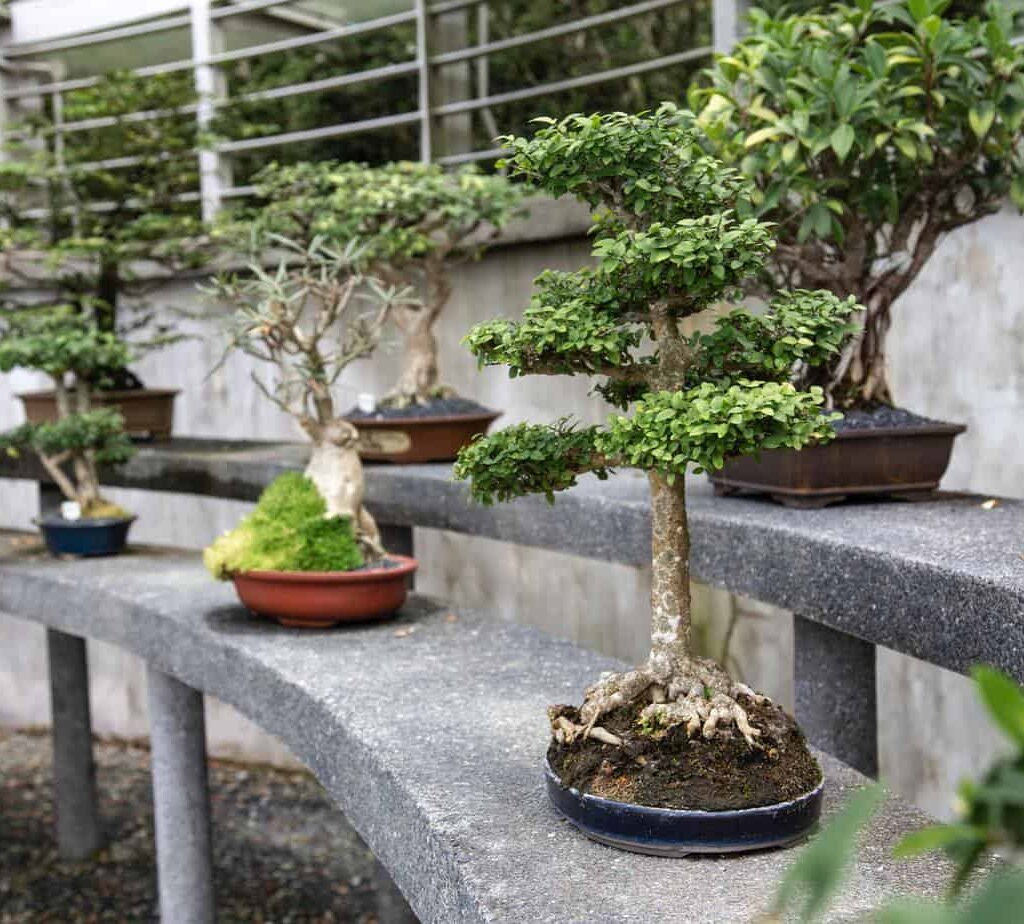
Several ancient bonsai specimens have achieved legendary status:
1. The 400-Year-Old Pine at Tokyo’s Imperial Palace
A treasured symbol of Japanese heritage, this ancient Pine bonsai has been tended to by generations of royal gardeners.
2. The 800-Year-Old Ficus Retusa
Housed at the Crespi Bonsai Museum in Italy, this is one of the oldest known bonsai trees in the world. It has a thick, gnarled trunk and is displayed in a hand-crafted pot designed for its venerable age.
3. The Hiroshima Survivor Bonsai
A 400-year-old White Pine bonsai at the United States National Arboretum in Washington, D.C., famously survived the atomic bombing of Hiroshima in 1945. Its longevity and resilience symbolize hope and endurance.
How to Help a Bonsai Tree Live Longer
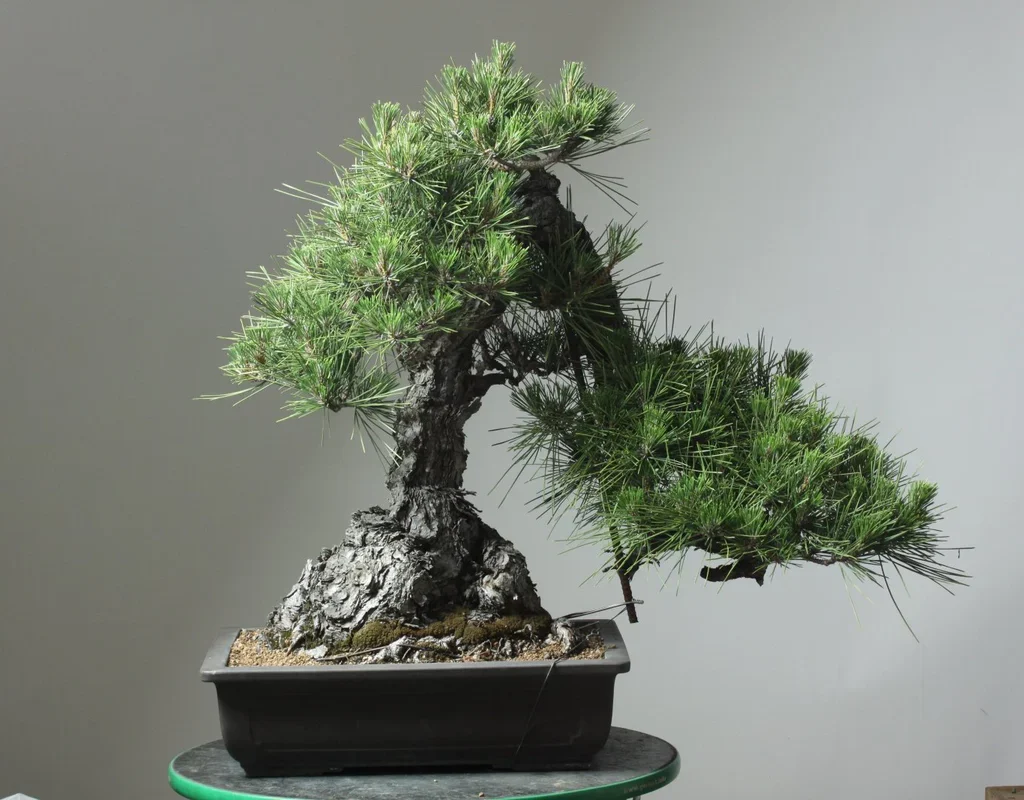
While genetic factors play a role, most of a bonsai’s lifespan depends on consistent, mindful care. Here’s how to give your bonsai the best chance at a long life:
1. Choose the Right Species
Select a species suited to your climate and experience level. Hardy species like Juniper, Chinese Elm, and Ficus are more forgiving and live long with proper care.
2. Master the Art of Watering
Bonsai roots are sensitive to both overwatering and underwatering.
- Check soil daily and water when the top layer feels dry.
- Use a gentle watering can or immersion method.
- Avoid waterlogging or allowing the soil to dry out completely.
3. Regular Pruning and Root Maintenance
Annual pruning keeps your bonsai healthy by:
- Removing dead or weak branches.
- Encouraging balanced, compact growth.
- Allowing light and air to penetrate the canopy.
Every 2–5 years (depending on species and age), repot the bonsai to trim its roots and refresh the soil.
4. Maintain Nutrient-Rich Soil
Bonsai trees rely on their limited soil for nutrition. Use a specialized bonsai soil mix for aeration and drainage. Apply a balanced, diluted fertilizer during the growing season.
5. Provide Proper Light and Temperature
- Most outdoor bonsai need 6–8 hours of sunlight daily.
- Indoor bonsai require bright, indirect light.
- Shield bonsai from extreme heat or frost.
6. Monitor for Pests and Diseases
Inspect regularly for signs of:
- Aphids, spider mites, or scale insects.
- Root rot or fungal infections.
Early treatment prolongs your bonsai’s health and lifespan.
Bonsai as a Multigenerational Legacy
One of the most beautiful aspects of bonsai is that many of the world’s most treasured specimens are hundreds of years old, cared for by multiple generations of growers. A bonsai tree, when nurtured with patience and respect, can become a living heirloom passed from one family member to another — growing ever more beautiful with age.
Bonsai Lifespan Summary by Species
| Bonsai Species | Average Lifespan (with good care) |
|---|---|
| Juniper | 100–300 years |
| Pine | 100–500 years |
| Ficus | 50–100 years |
| Chinese Elm | 50–150 years |
| Maple | 30–100 years |
| Olive | 200–500 years |
Conclusion
To conclude, bonsai trees are capable of living for centuries, with some renowned specimens surpassing 500 years. While genetics and species play a role, the tree’s longevity is ultimately determined by its care — consistent watering, pruning, repotting, soil management, and protection from harsh conditions.
Beyond mere plants, bonsai trees are living works of art, steeped in history and symbolism. They are an embodiment of patience, tradition, and the enduring bond between people and nature. With proper care, your bonsai can not only thrive in your lifetime but also be cherished by future generations as a symbol of enduring life.
